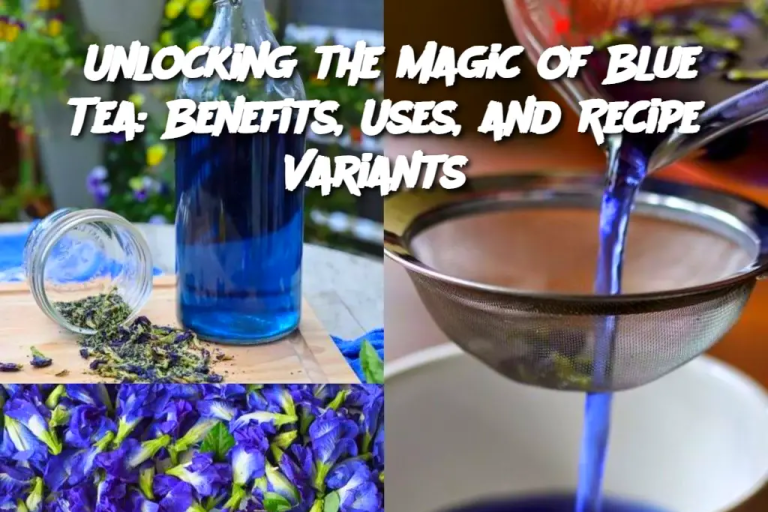ADVERTISEMENT
1. Is Blue Tea safe to drink? Yes, Blue Tea is completely safe for most people to drink. It is caffeine-free and generally well-tolerated. However, if you are pregnant, nursing, or taking medication, it's always a good idea to check with a healthcare provider before introducing new herbal teas into your diet.
2. What are the health benefits of Blue Tea? Blue Tea is rich in antioxidants, particularly anthocyanins, which help protect the body from free radical damage. It may also support brain function, reduce stress, improve skin health, and boost the immune system. Additionally, it is known for its anti-inflammatory properties.
3. Can I drink Blue Tea at night? Yes, Blue Tea is caffeine-free, making it an excellent choice for evening consumption. It has calming effects and may help promote relaxation, making it a soothing bedtime drink.
4. How can I change the color of Blue Tea? The blue color of the tea comes from the anthocyanins in the flowers. Adding acid, like lemon or lime juice, changes the color from blue to purple or pink, making it a fun and interactive experience.
5. How does Blue Tea taste? Blue Tea has a delicate, slightly floral flavor with a mild earthiness. It is often compared to green tea but is much lighter and less astringent.
Blue Tea is more than just a drink—it's an experience, combining beauty, health benefits, and versatility. Whether you enjoy it as a soothing hot beverage, a refreshing iced tea, or even a base for creative cocktails, it offers something for everyone to enjoy.
ADVERTISEMENT
